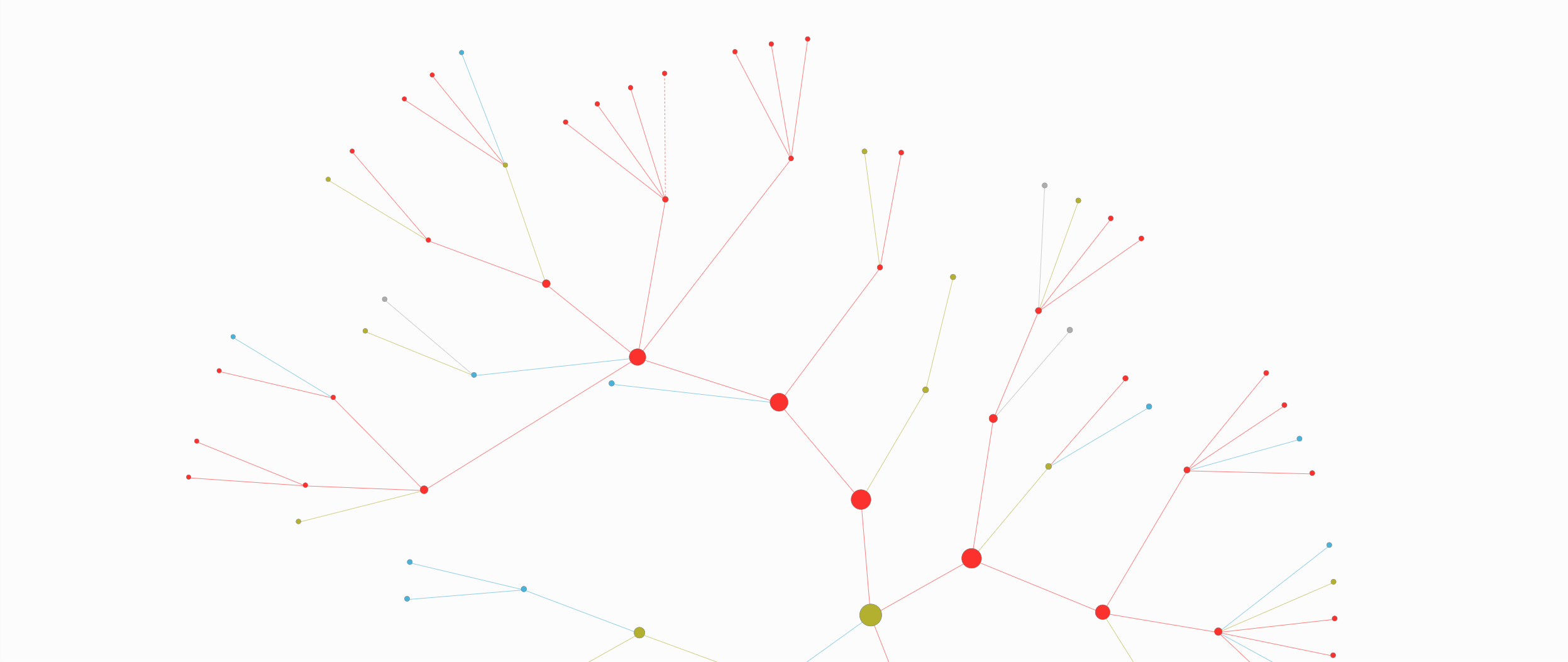The Four Controls to Harness Organizational Innovation
The emergence of ideation
Earlier this month StrategyBlocks 6 was released, it is a significant advancement in strategic execution management. I am excited about this release as it takes one of the components of execution a major step forward, that being innovation management. In the most recent edition of Harvard Business Review, an interesting observation was made in an article discussing The Permissionless Corporation. It suggests that there is much to be gained in relation to the use of technology and its ability to push decision-making to the edges of an organization. This describes perfectly what we are delivering with SB6. Our goal is to animate and engage those individuals involved in the execution of strategy at the edge of the organization using a field of thinking called ideation and we are excited about its potential.
Where exactly is the edge?
In the past, people worked differently, and expertise and knowledge were held within management structures. Teams were directed by these individuals–looking over a worker’s shoulder was the preferred method of monitoring delivery and micro-management was commonplace. Intellectual property was held and guarded with restricted centralized access. This approach is often known as management 1.0. But times have indeed changed, and our experts and expertise have migrated outward and are no longer found in the center. Those specific skills and knowledge are on the edges. Also, those people are often nearest to the customer and therefore recognize the problems they encounter. As a result, the edge represents opportunity.
Harnessing innovation
The Permissionless Organization goes on to state that new technology enables decentralized decision-making and experimentation, enabling independent thinking and accountability. The question is how is this achieved? We often use terms like governance, but governing this process is the opposite of what we are trying to achieve. We need to encourage and guide independent thinking and experimentation rather than stifling it with a restrictive process. In SB6 we have added controls to the ideation process:
- Vertical Alignment – A new idea cannot become part of the active strategic plan until it has a strategic target, a place in the plan where it relates and adds value. That means we can ensure its alignment with the vision and mission. Ideas that can’t find a target are not progressing the organization in its current state, or perhaps they will drive a strategic redesign and have future value.
- Distributed Approval – As stated in the Permissionless Organization “approvals are part of the process, they don’t stop the process”. In SB6 the owner of the target activity is an automatic approver so decision-making is encouraged at the organizational edge. But level and specialist approvers can also be added as required.
- Problem first – The ideation process can be customized as required to encourage submissions that focus on what is important. Understanding the nature of the problem, and the customer’s pain, is equally if not more important than the solution itself.
- Idea association – Encouraging a holistic view of the idea; for example, what outcome metrics do we expect to achieve, what will success look like? Are there any known threats that may impact the new idea? What resources are required and what other ideas are competing for those resources?
These controls have been put in place to guide and improve the process rather than restrict it.
Efficient decision-making
As the business world continues to evolve, it is becoming increasingly important for organizations to be able to communicate effectively and act quickly. Improved communication and agility are key elements in achieving improved strategic performance. Organizations must be able to make decisions quickly and effectively to stay relevant. Harnessing ideas from the edge with StrategyBlocks ideation can help any business achieve this by providing a platform for collaboration between departments, teams, and individuals. The StrategyBlocks platform allows for more efficient decision-making processes, which ultimately leads to better results.




Leave A Comment